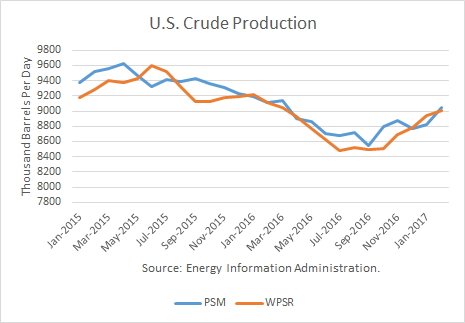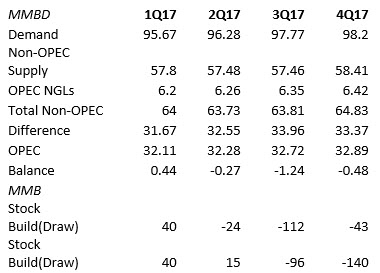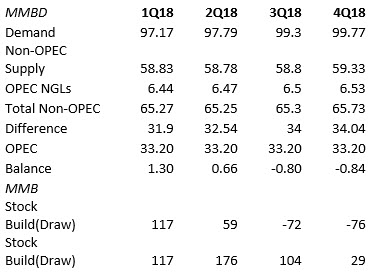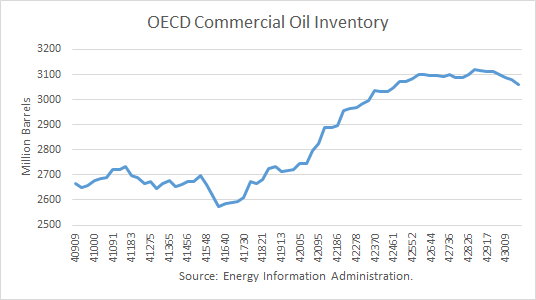
The crude oil price started the year off strong, as January posted the highest OPEC Reference Basket price ($66.85) since November 2014, the month in which the Saudis decided to wage an oil price war with American shale oil. But the market gave up its 2018 gain during the first week of January, as the Energy Information Administration (EIA) incorporated the huge November production surge into its short-term outlook and weekly time series data. To top it all off, Baker-Hughes reported the most significant one-week gain in its oil-directed drilling rig count.
Whether the market shifts back to bullish sentiment, or whether the bearish sentiment takes control this year, depends mainly on several key assumptions. The central hypothesis is how fast shale oil production will grow this year, and the second is what OPEC production will be, given the on-going risk to Venezuelan output. Based on U.S. production from August through November, the recent lagged response in drilling rigs, and the high prices experienced October through January; I expect that U.S. production will rise faster than either the DOE or OPEC assume in their forecasts.
EIA’s February Outlook
The EIA released its outlook, revising its U.S. crude production estimates much higher. For the year, it now expects crude production to average 10.59 million barrels per day (mmbd) in 2018, and to exit the year at 11.13 mmbd.
The EIA’s estimate of production for February is 10.260 mmbd. That figure is 1.07 mmbd higher than August. If anything, EIA’s 2018 prediction seems low. Continue reading "2018: Supply/Demand Trends Can Make Or Break Oil Prices"




